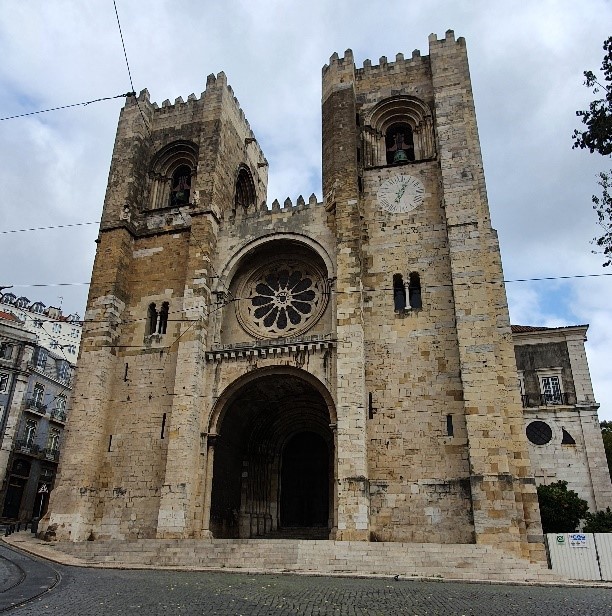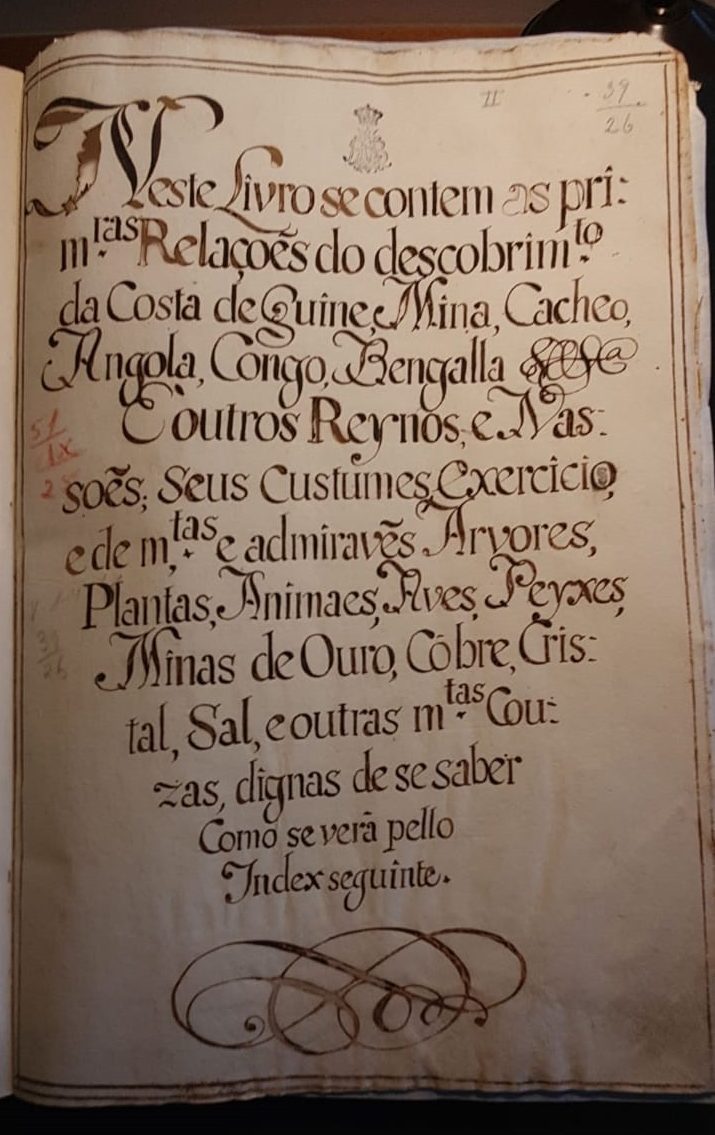A brief itinerary of a young legal historian
A few days after I arrived in Lisbon for another trip to the archives, I came across a news report that made me wonder. The TV story covered one of the most significant archaeological finds to date in the city. What started with an architectural and structural restoration project led to discovering a 12th-century Almoravid mosque underneath the famous Antiga Sé de Lisboa, in the old district of Alfama. Among the most prominent findings, archaeologists carefully unveiled the vestiges of a rare type of minaret tower. The ancient mosque seems to have been part of a larger architectural complex with schools, baths, and an area for funerary rituals. As surprising as this find might be, if we place it within a larger context of composite and layered structures on the Iberian peninsula, one might ask how it took so long to discover this in the first place.

In the aftermath of this discovery there were lively public debates over what should be done. Portuguese public bodies of historical heritage preservation found themselves at an impasse. Some advocated that the archaeological finds should be preserved in the same place while others maintained that the remains of the Mosque should be dismembered, extricated from the foundation of the Cathedral and and relocated to an entirely new museum. Following the distinctions used by the head of the Department of Preservation of Portuguese Heritage, there is an apparent confessional differentiation here, so the permanence of the findings inside (indeed embedded in the very foundation of) the cathedral allegedly would deprive both Catholic and Islamic monuments of their integrity and detract from the experience of visitors and tourists. In short, there is a concern that visitors might be confused to find a mosque embedded in the interior of a cathedral. However, for the archaeologists’ union, there was no doubt that the mosque’s remains should be left unspoiled in the place where they were found. Indeed, this position would seem reasonable to anyone who has walked through the neighbourhoods of Mouraria and Alfama and witnessed the multiple, sometimes syncretic, confessional forms in the streets of its inhabitants.
Disputes between the public body and the archaeologists appear to have been resolved by an agreement between researchers, the secretary of state culture, and the Padroado. But, following this particular dispute had alerted me to the contrast between what can be seen strolling through the city, among its inhabitants, observing its buildings and monuments, and the strong historical legacy of certain normative frameworks, how they are transmitted through time, and how those practices of positioning groups from religious confessions still shape our daily lives. It is the study of these regimes of diversity, that is, the religious and political-legal positioning of different groups over time, that has brought me to the archives in Lisbon and that informs my research. In the next lines, I will share a bit of my research itinerary and something that occurred to me along the way: to work in the archives in Lisbon is also to contemplate the city as an archive itself.
From Mosque to Mouraria
For most of my time spent in Lisbon, I stayed in the neighbourhood of Mouraria. Due to problems with the place I had originally booked and thanks to a friend’s advice, I managed to find a cosy flat next to Largo dos Trigueiros. A bit less touristy than Alfama, with a quiet local dynamic and good location, Mouraria was ideal even considering the current circumstances of the pandemic.
The neighbourhood of Mourariais a good example of how regimes of diversity historically come true. After the expansion and consolidation of the Catholic kingdoms throughout the Iberian Peninsula in the 12th century, minority groups were allocated to certain territorial limits, specifying sites in towns where each community of values could exercise their traditions. It is the case of comunas dos judeus, comunas dos mouros, as well as the judiarias, and the mourarias, the former usually located in early urban areas of what was previously part of the Al–Andalus (الأَنْدَلُس). Incidentally, the word mouraria was employed to describe where Muslim communities clustered together, but under Catholic rule it acquired a normative meaning. The mourarias became the streets and quarters where they were ordered to stay, sometimes surrounded by walls and gates, to reinforce the physical separation from common Christian inhabitants. Differing from the comunas dos mouros, which formally recognized political-legal authority of local corporations, operated by a sort of judge called alcaide – from the arabic al-qādi (قاضى), [1] the mourarias, according to François Soyer, had a less administrative and more pronounced territorial and segregated component. For instance, Lisbon had a single mouraria with their own facilities, slaughter houses, hospitals, healthcare buildings, bathhouses, and teaching households. This area was also named as the arrabalde dos mouros,or the suburb of the Muslims.[2]
If Portugal within Europe has historically been seen as a country with a large contingent of emigrants, this area in Lisbon reveals that it also receives many immigrants. Nowadays, the Mouraria neighborhood, between its narrow alleys and small medieval, earthquake-resistant dwellings, stands out for housing a dense, diverse, and immigrant-heavy population. The inhabitants largely hail from different parts of Africa and South Asia, although amidst the ups and downs of its stairwells you may notice a great presence of people from all over the world. At different moments this has been seen as something of a problem area, particularly in times of heightened national fervour. Traces of the neighbourhood’s stigma can be seen as we follow the city’s urban intervention plans during the Estado Novo period of 1938 to 1948. After a series of administrative reforms designed to simplify the expropriation process and the temporary relocation of people, a major general urbanization plan for the city of Lisbon was instituted during the Salazar period. Mouraria was singled out as one of the priority intervention areas, considered a disadvantaged neighbourhood, with what were described as unhealthy and unsightly constructions, prompting hygiene and social concerns.
[1] See in the Ordenações Afonsinas, Livro II, título 99, ítem 4.
[2] Soyer 2007, 28 and ff, esp. 37-46. Soyer, François. The persecution of the Jews and Muslims of Portugal: King Manuel I and the end of religious tolerance (1496-7). Brill, 2007.
Cite as: Guerra Pedrosa, Gilberto: Archives in Lisbon, Lisbon as Archive – Part 1, legalhistoryinsights.com, 22.06.2021, https://doi.org/10.17176/20210622-152705-0



 This work is licensed under a
This work is licensed under a 